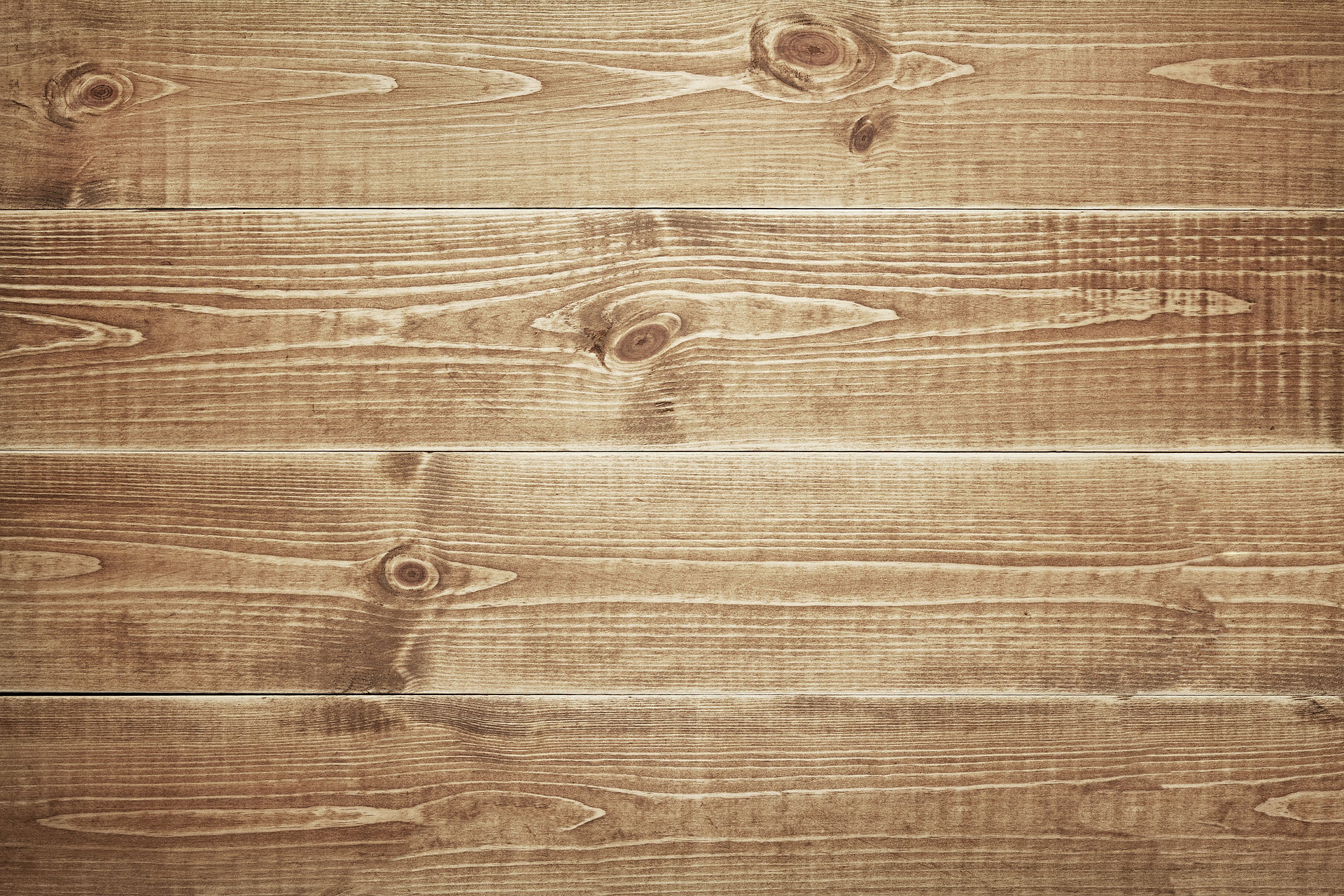7 Tips for Effective Termite Control Miami Residents Can Trust
- Eugene Echevarria

- Aug 22
- 3 min read
Living in Miami means enjoying the beautiful weather, scenic beaches, and vibrant culture. However, it also means dealing with the ever-present risk of termite infestations. In this guide, we've put together some simple and practical tips to help you maintain a termite-free home and protect your property.

1. Understanding the Enemy
To effectively ward off termites, it's essential to understand their behavior and habits. Termites thrive in warm, humid environments like Miami, making it necessary to be extra vigilant. Knowing their preference for moisture, wood, and darkness will help you identify problem areas in your home. Termites can cause significant structural damage as they consume cellulose in wood, jeopardizing the stability of your property. They create colonies underground or within wooden structures, often going unnoticed until serious damage has occurred.
The most common types of termites found in Miami are subterranean and drywood termites. Subterranean termites build tunnels and shelter tubes made of soil, while drywood termites establish colonies directly within wood, leaving discarded wings and pellets behind. Understanding these breeding habits helps in spotting early warning signs, like mud tubes or frass, enabling you to take prompt action.
2. Regular Inspections are Key
Schedule regular inspections with a professional pest control service to identify signs of termite activity early. This proactive step can save you from significant damage down the line. Choose a reliable service with experience in termite control, as they can provide insights into Miami's specific challenges and the latest techniques available. Look for unexplained moisture spots, hollow-sounding wood, or cracked paint as these could be indicators of termites.
In addition, DIY inspections can also be useful. Walk around your home with a flashlight to spot signs of termite activity in dark and less frequented areas. Tap on suspected wood to check for a hollow sound, and keep an eye out for bubbling paint or uneven floors. Remember, spotting termites early can significantly reduce repair costs and frustration.
3. Seal Entry Points
Check your home for potential entry points such as cracks, gaps, or holes in the foundation and walls. Sealing these can deter termites from entering your home. Use high-quality caulking materials to cover potential gaps, especially around pipes and in hidden spots such as behind large appliances or in basements.
It is equally crucial to monitor these sealed areas regularly, as shifting weather and house settling can create new gaps over time. Continuously maintaining these barriers will help keep termites at bay, effectively protecting your home from infestations.
4. Maintain Proper Ventilation
Ensure your home has adequate ventilation to reduce moisture levels, which attract termites. Consider installing dehumidifiers in particularly damp areas. Proper ventilation systems not only contribute to comfort but also serve as a termite deterrent by keeping areas dry and unfavorable for termite occupancy.
Remember that basements, attics, and crawl spaces are common spots that often suffer from moisture build-up. Use a combination of exhaust fans and natural ventilation to keep air circulating in these areas, greatly reducing the risk of termite infestation. Regularly check that air vents are clear of obstructions, such as dirt or leaves, to maintain consistent airflow throughout your home.
5. Remove Wood and Debris
Keep the area around your home clear of wood debris and other organic materials that can attract termites. Be mindful of wooden structures like decks and fences. Store firewood away from your house and elevate it off the ground to prevent termites from finding their way into your home.
Additionally, trim trees, plants, and bushes that are too close to the house. These can create bridges for termites to gain access to your home. Implement regular landscaping routines to prevent moisture from accumulating in your yard, thus reducing potential termite habitats.
6. Treat Wood with Termiticide
Using termiticide on wood structures around your home can provide an added layer of protection, deterring termites from making a meal out of your property. Apply termiticide to exposed wooden elements such as fences, trellises, and directly to the soil in vulnerable areas.
For effective results, it's essential to follow the manufacturer's instructions closely and consider reapplication based on the product's longevity. Certain treatment techniques offer long-lasting protection, creating a barrier that termites find impenetrable.
7. Consider a Barrier Treatment
Installing a physical or chemical barrier around your home can help prevent termites from accessing your property. Discuss options with a professional to determine the best solution for your needs. This might include laying a protective sheet or utilizing liquid soil treatments around the perimeter of your home.
Advanced options, such as bait stations, can also be an effective way to monitor and control termite activity. These methods target the colony and can effectively reduce the risk of future infestations, ensuring peace of mind and the safety of your property.






Comments